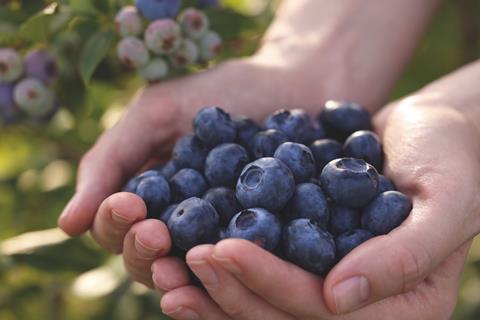USDA report shows that producers are shortening their export window to avoid overlap with Chile and Peru
Mexico’s blueberry production is forecast to contract by 9 per cent to 73,500 tonnes in 2025 according to a new report from the US Department of Agriculture. Exports are expected to reach 70,000 tonnes, while the country is set to import some 20,000 tonnes of the fruit this year.

Although Mexico’s annual per capita consumption of blueberries is well below that of the US and other major global consumer markets, consumption doubled between 2023 and 2024, as consumers become increasingly aware of the berry’s health benefits. The US is expected to remain the main export market for Mexican blueberries, as well as its main supplier.
In response to competitive pressure from Peru and Chile, which offer berries of comparable quality at a lower price, Mexican producers have strategically delayed the start of the harvest from October to February, aligning with the slowdown in the South American harvest.
By delaying the start of the harvest and thus shortening the total harvest period, producers aim to reduce labour costs and export their blueberries when their competitors’ production is lower, compensating for lower global production with higher income during the February-May window.
Mexico’s blueberry sector benefits from favourable growing conditions, readily available labour, and proximity to the US market. Planted acreage is projected to decline slightly in 2025 as growers turn to improved, higher-yielding homegrown varieties.
Jalisco and Sinaloa are expected to remain the top blueberry producing states, with Sinaloa forecast to increase its production in 2025 thanks to favourable growing conditions, including good access to water.
Faced with water shortages in recent years, the report found that Mexican growers are increasingly adopting drought-resistant varieties and technological innovations such as using potting soil for planting in containers rather than in the ground. Many growers are installing more efficient irrigation systems and private water reservoirs.



